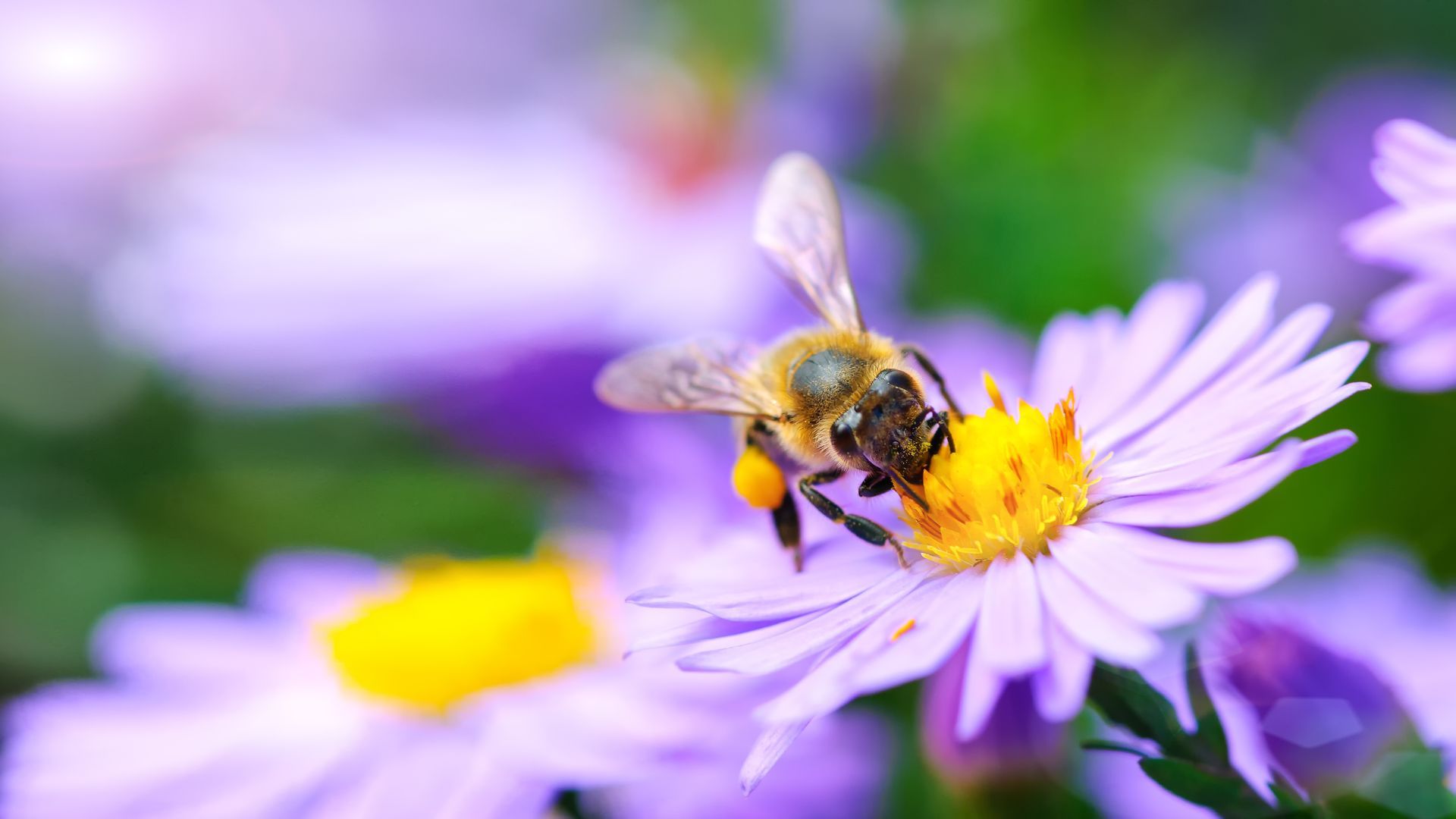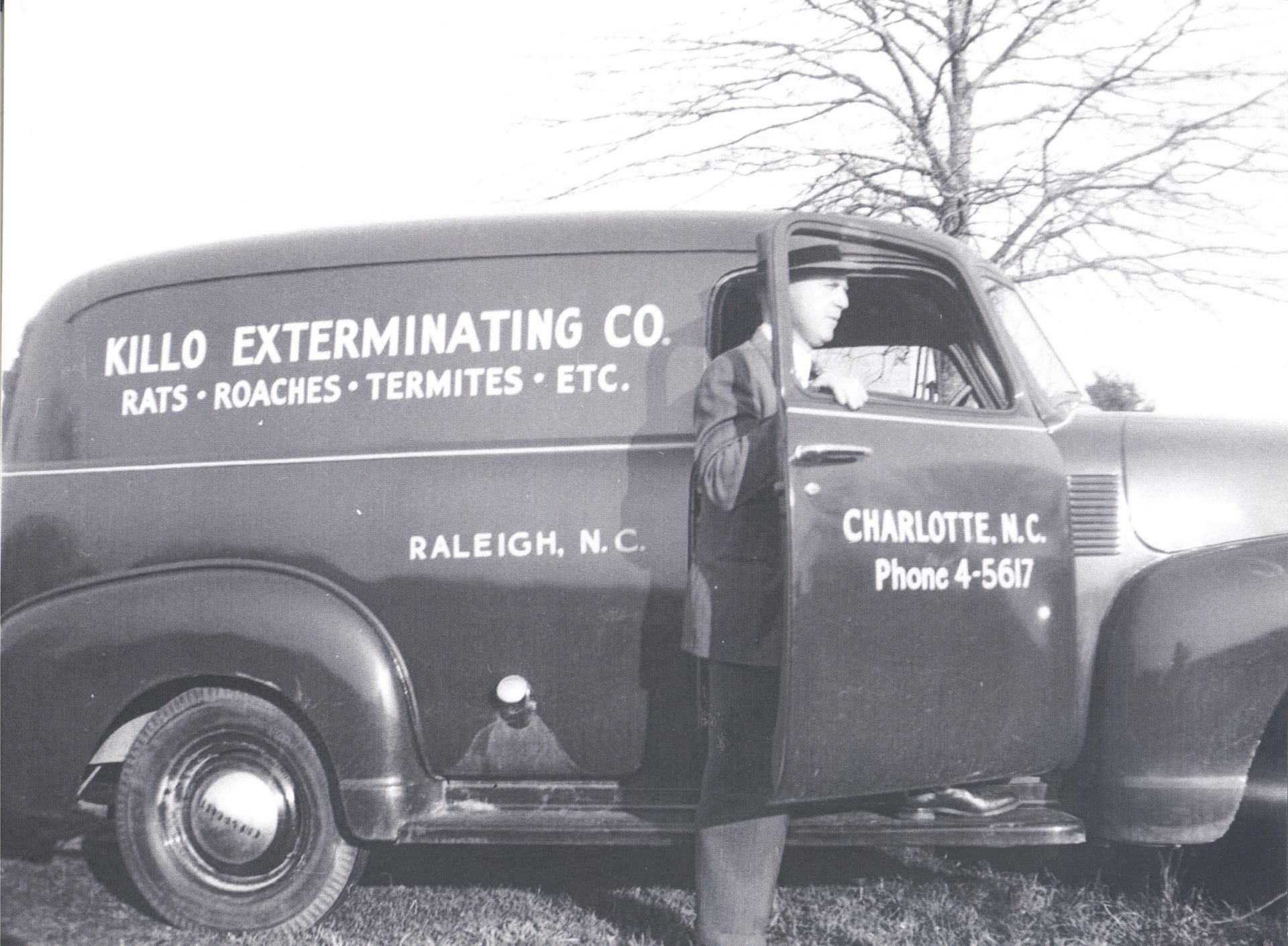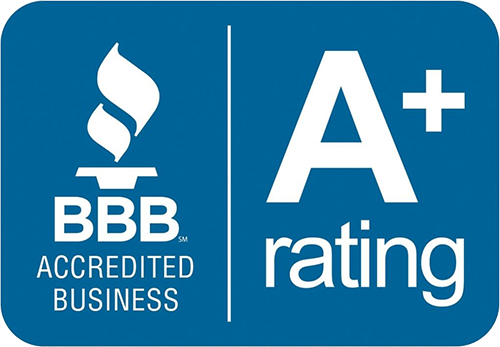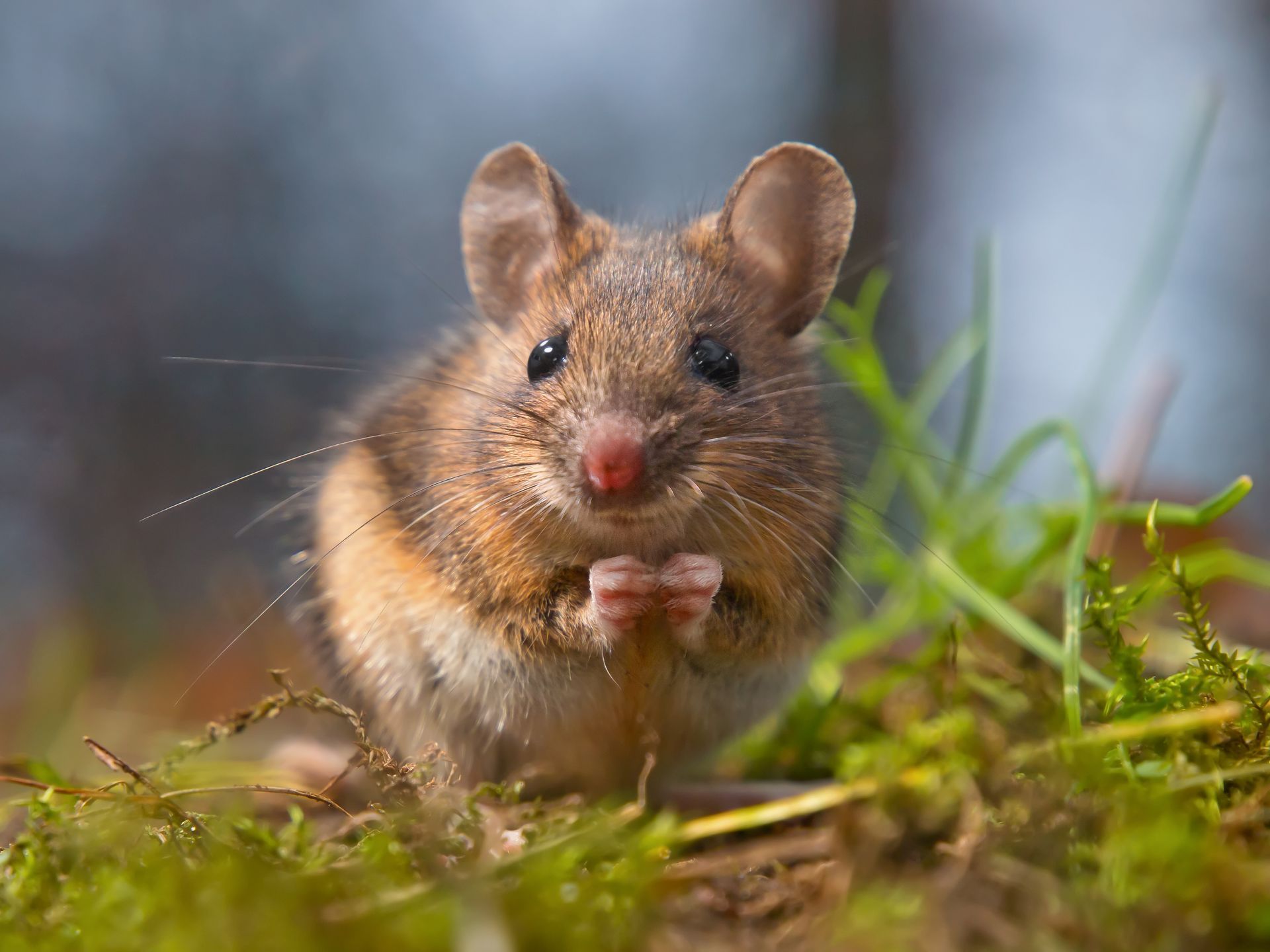Bee, Hornet & Wasp Pest Control
For Charlotte, NC and the Surrounding Areas
When it comes to controlling stinging insects like bees, hornets, and wasps in Charlotte, North Carolina, and the surrounding areas, Killo Exterminating Co., Inc. is your go-to expert. Our team understands how distressing it can be to encounter these pests in your home or business, and we are committed to providing fast, effective solutions. Whether you are dealing with a single nest or a full-blown infestation, we offer tailored treatments that ensure your space remains safe and comfortable.
With decades of experience, Killo Exterminating Co., Inc. has developed methods for evaluating and addressing infestations of stinging insects. Our skilled technicians identify the specific challenges posed by these pests, and apply focused solutions. Whether you are dealing with a minor concern or a serious threat from stinging insects, you can rely on us for dependable, professional service at every step.
Contact our team to schedule stinging insect control services in your Charlotte home!

Charlotte Bee, Wasp, Hornet Pest Control: What to Expect
Identify
- Body Structure: Stinging insects have a distinct waist connecting the thorax and abdomen.
- Nesting: Many create visible nests out of paper-like material or in the ground.
- Behavior: These insects can be protective of their nests and may exhibit aggressive behavior if threatened.
- Appearance: They can vary in color from bright yellow to deep brown and may have markings or stripes.
Inspect
Our experienced technicians thoroughly evaluate the stinging insect infestation to develop a tailored plan designed to tackle your specific concerns while ensuring your property remains safe.
Treatment
While stinging insects play a crucial role in the ecosystem, they do not belong inside your home. Killo Exterminating Co., Inc., has developed precise methods to safely treat these pests, to help protect both your family and the environment.
Call the Trusted Stinging Insect Exterminator in Charlotte, NC Today!
Where Do Stinging Insects Nest in Your Home?
Stinging insects often choose locations that are sheltered and away from direct human activity, such as:
- Eaves and roof overhangs
- Attics and wall cavities
- Sheds and garages
- Underneath deck railings
- Garden bushes or tree branches
- Underneath ground cover like dense grass or bushes
By knowing where stinging insects are likely to nest and what they look like, you can take proactive steps to manage their presence around your Charlotte home. If you encounter a nest or an infestation, it is safest to turn to the experts at Killo Exterminating Co., Inc.
Charlotte Bee, Hornet, & Wasp Pest Treatment
Our approach includes both short- and long-term strategies to ensure your home stays protected.
Short-Term Solutions
- Eliminate Active Infestations: We carefully locate and treat wasp, hornet, or bee nests from around your home. However, removal may not always be an option.
Long-Term Solutions: Exclusion and Prevention
- Seal & Secure: We identify potential entry points around your home and so these areas can be sealed to prevent stinging insects from gaining access and establishing nests.
- Treat Invasive Insects: By managing other insect populations that serve as food sources, we also reduce the likelihood of some stinging insects settling nearby.
- Guidance & Prevention: Our team offers advice to help you minimize factors that attract stinging insects, such as reducing outdoor food exposure and managing sweet-smelling plants.
- Identify Problem Spots: We assist you in pinpointing areas that might offer nesting opportunities or attract stinging insects due to food sources or protective shelter, then recommend strategic changes.
Stinging Insects Exterminating Services Around Charlotte, NC
Living in Charlotte, NC, residents and businesses often face the challenge of dealing with recurrent bee, hornet, or wasp infestations. Killo Exterminating offers expert evaluations and effective treatments, to help ensure your space remains pest-free.
If you do not see your city listed, contact us! We continue to grow our service area while still providing personalized attention to each of our customers.





